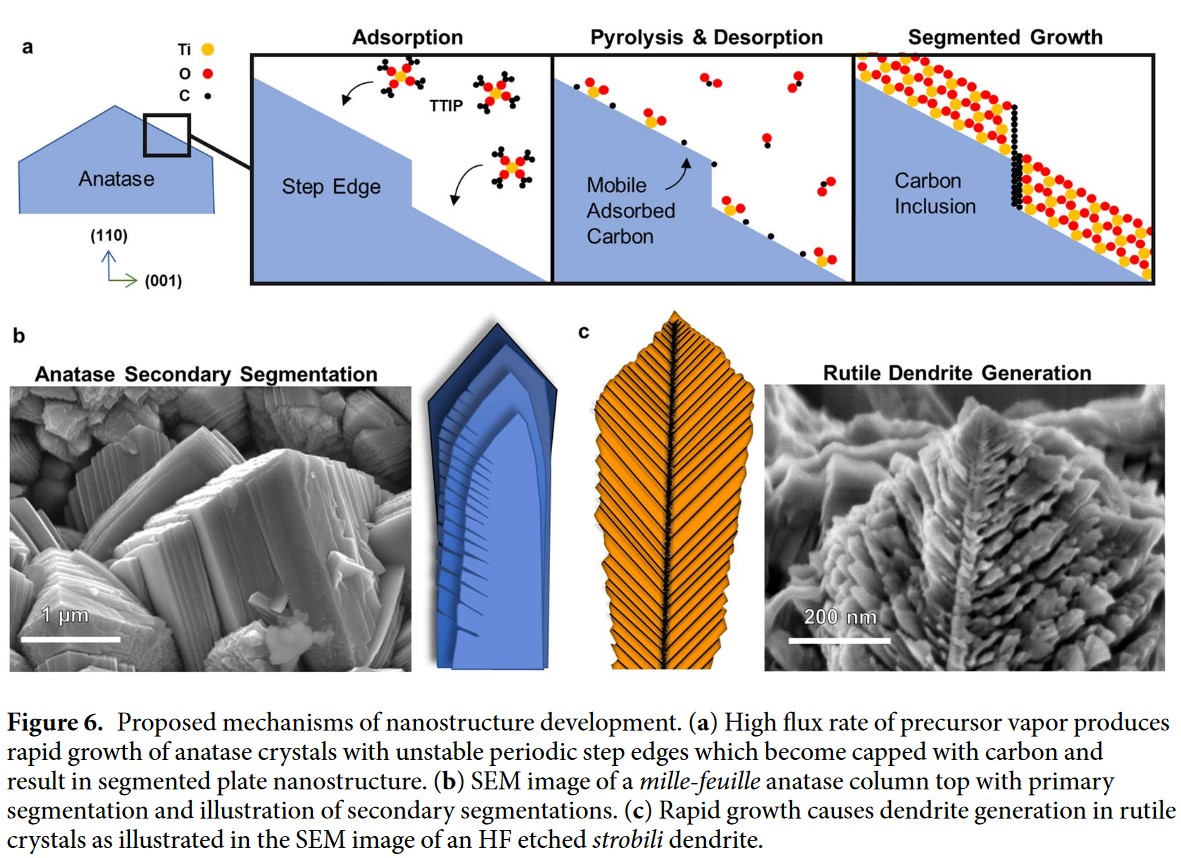The SIMaP laboratory established a partnership with Susan Krumdieck's team at the University of Canterbury (NZ) since 2015 when she was a Visiting Professor at the Phelma Engineering School . On this occasion, we began to explore the structural properties of a surprising TiO2-based black photocatalyst developed by pulsed CVD with photocatalytic properties in visible light and even an antimicrobial effect in the dark! Thanks to the equipment of the CMTC platform and the SIMaP searchers and staffs involved in this research, we were able to show that this material is an anatase-rutile-black amorphous carbon nanocomposite and to propose a growth mechanism by selective poisoning of crystalline surfaces. This material has all the benefits of TiO2 nanoparticles without the drawbacks: it is extremely adherent to surfaces, stable over time and non-friable, and is a pretty deep black. This material is considered as a coating in hospitals or as a fixed catalyst in pollution control applications.
Nanostructured TiO2 anatase-rutile-carbon solid coating with visible light antimicrobial activity.
S. P. Krumdieck, R. Boichot, R. Gorthy, J. G. Land, S. Lay, A. J. Gardecka, G. Renou, G. Berthomé, F. Charlot, T. Encinas, M. Braccini, M. I. J. Polson, A. Wasa, J. E. Aitken, J. A. Heinemann, J. V. Kennedy, C. M. Bishop.
Scientific Reports (SREP-18-32680) (2019) 9:1883. (
https://www.nature.com/articles/s41598-018-38291-y)

